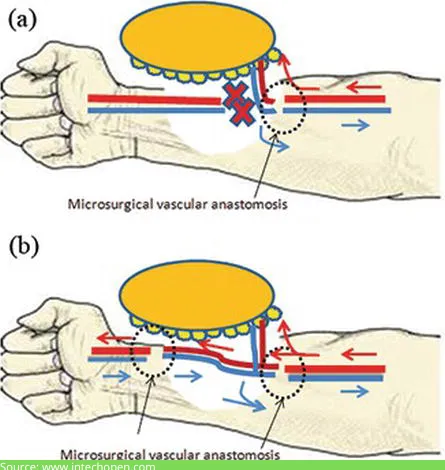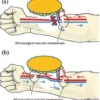

From: 100.00$
The Iran Health Clinic is a reputable medical center that specializes in providing advanced fat transfer treatment to its patients. With a team of experienced doctors who have been trained in the latest fat transfer techniques, the clinic is committed to delivering high-quality care that is tailored to meet the unique needs of each patient.
Using state-of-the-art technology and equipment, the clinic can perform fat transfer procedures that are safe, effective, and minimally invasive. Whether you are looking to restore volume to your face, increase the size of your breasts, or enhance your buttocks, the Iran Health Clinic can help you achieve your desired results.
With a warm and welcoming environment, the clinic strives to make every patient feel comfortable and relaxed throughout their entire treatment process. If you are looking for a trusted medical center for your fat transfer needs, then the Iran Health Clinic is the right choice for you.
Free tissue transfer, also known as microvascular free flap surgery, involves the transplantation of tissue, such as skin, muscle, or bone, from one part of the body to another to reconstruct complex defects resulting from trauma, cancer resection, or congenital anomalies. This intricate surgical procedure is often performed using microsurgical techniques to reattach the transplanted tissue’s blood vessels and restore blood supply.
Free tissue transfer is suitable for individuals who require complex reconstruction of defects resulting from trauma, cancer resection, congenital anomalies, or other circumstances where local tissue flaps are inadequate to restore form and function. It is often employed in cases where traditional wound closure or local tissue rearrangement is not feasible.
Free tissue transfer may not be suitable for individuals with certain medical conditions that may impair wound healing or blood flow, as well as those with extensive tissue damage that precludes successful transplantation. Additionally, patients with severe systemic medical conditions that may compromise the success of the procedure may not be ideal candidates.
Only logged in customers who have purchased this product may leave a review.
Free tissue transfer, also known as microvascular free flap surgery, involves the transplantation of tissue, such as skin, muscle, or bone, from one part of the body to another to reconstruct complex defects resulting from trauma, cancer resection, or congenital anomalies. This intricate surgical procedure is often performed using microsurgical techniques to reattach the transplanted tissue’s blood vessels and restore blood supply.
Free tissue transfer is suitable for individuals who require complex reconstruction of defects resulting from trauma, cancer resection, congenital anomalies, or other circumstances where local tissue flaps are inadequate to restore form and function. It is often employed in cases where traditional wound closure or local tissue rearrangement is not feasible.
Free tissue transfer may not be suitable for individuals with certain medical conditions that may impair wound healing or blood flow, as well as those with extensive tissue damage that precludes successful transplantation. Additionally, patients with severe systemic medical conditions that may compromise the success of the procedure may not be ideal candidates.
There are no reviews yet.
Only logged in customers who have purchased this product may leave a review.
Choosing the right hospital and physician are important factors to consider that significantly influence a patient’s treatment. The preferred choice for many patients is choosing private care.
Choosing the right hospital and physician are important factors to consider that significantly influence a patient’s treatment.
Reviews
There are no reviews yet.